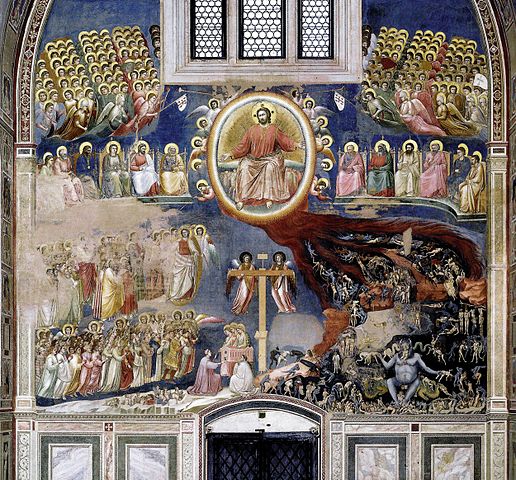One huge difference between Europe and the US in the lead-up to Christmas is that instead of having malls full of decorations, European cities have Christmas markets. A bunch of wooden stalls pop up in the center of the city, along with rides and probably an ice-skating rink. We had hoped to get out of Belgium to see another one (the Germans are supposed to have amazing Christmas markets), but it didn't end up happening. Nevertheless, we managed to see the markets in Bruges and Brussels in addition to the one here in Gent.
 |
| On the Korenmarkt |
 |
| "Auto-awesomed" by Google. Thanks, Google! |
 |
| I love how it looks like the wheel almost doesn't fit. |
It's hard to maintain outdoor ice rinks when the weather is hovering around 10C/50F, I imagine. Gent's had the texture of a snow cone, and the one in Bruges seemed to be equally suited to ice skating or using it as a waterslide. But it's certainly photogenic.
Bruges had a lot more lights, and more carnival games for the kids. They didn't have a ferris wheel, though. I think it would actually be a pretty cool place to see from a ferris wheel - they should find a place for one next year! Morgan and I sampled some crostillons/oliebollen (which we'd had for the first time at the festival in Liège).
Having had time to reflect on it, I've come to the conclusion that my main problem with Bruges is that I've been living in Gent. If you're visiting from out of the country, or probably from other places in Belgium like Brussels or Wallonia, I bet Bruges is not a disappointment at all. But when you already live somewhere that looks pretty much like it, it just doesn't have much to offer. (Aside from a bigger Christmas market.)
 |
| Santa is a terrible influence. |
The final market we visited was in Brussels. They won for the most confusing layout, hands down. They managed to scatter a little bit of it everywhere, trailing from the Grand Place/Grote Markt to the Place Sainte-Catherine. And in spite of Santa's encouragement, Brussels is the only market where we didn't have any glühwein!
One thing that made the visit to Brussels completely worth it is the light show they put on in the Grand Place. I figured it would be some sort of blinky-lights affair, but boy was I wrong. They light up the buildings all around the square and change the colors in time to the music. To the right is a still of one of the buildings mid-show. It was pretty spectacular, and surprisingly un-crowded. Last time we were in Brussels, the Grand Place was a nightmare. Although, as it turns out, I could have used more people there to serve as a windbreak. It hasn't been all that cold here this December, but the wind has been a killer!
In addition to that, Brussels had two really awesome steampunk carousels. I'd never seen anything like them. According to their website, they're from France and if you check out the site, they also have a giant walking mechanical elephant you can ride on. I wish that had been at the market!
 |
| Like bugs? How about giant bugs? |
Stag beetle is just one of the rather odd choices to ride on. There was also a mole (visible by the horns of the beetle), a flying horse (on the right) with a bird above it and to the right. On both of those, you had levers to operate the wings. One of the carousels also had a hot-air balloon where the balloon part was a blowfish. The smaller carousel had a rocket ship that rose and fell, and at the top of its path, it actually went through a hole in the roof to look out from above. Super imaginative and cool.
And then maybe some of it is really meant to induce nightmares.
The seat is there behind his head. He lowers himself down to the level of the manhole and then raises himself back up. And I guess that to avoid ending on a totally weird note, I should add some other nice photos to the end of this post!
 |































,_1376-78,_battistero_di_Padova.jpg/627px-Giusto_de'_menabuoi,_paradiso_(detail),_1376-78,_battistero_di_Padova.jpg)












